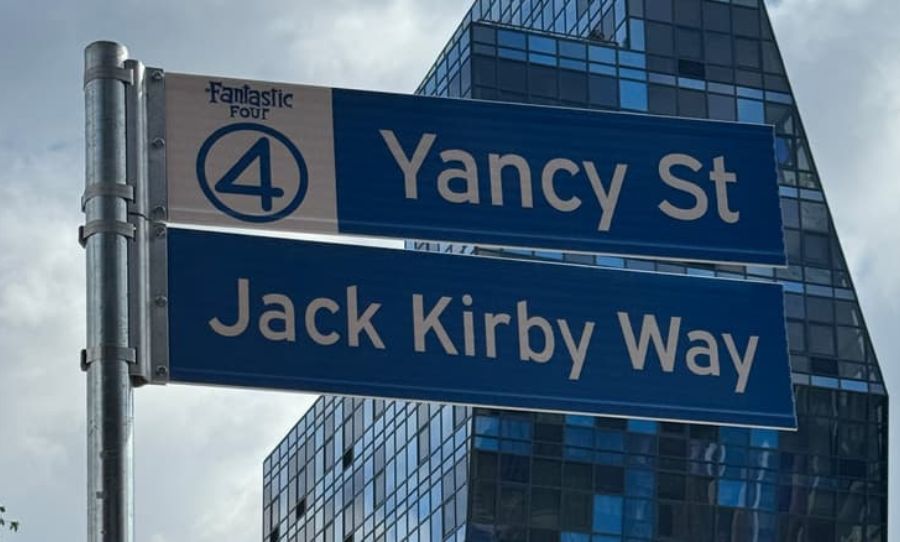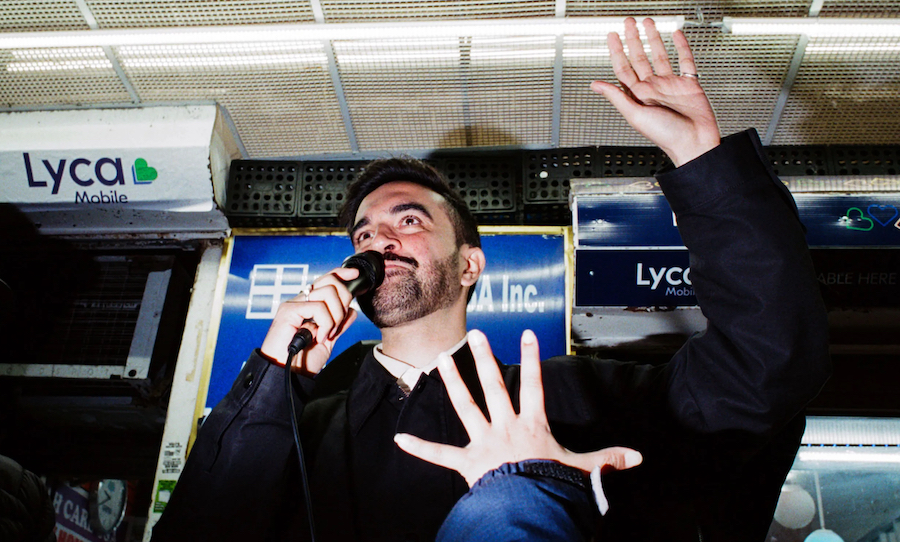When it comes to the pillars of jazz, none stand prouder than Duke Ellington. And like fellow luminaries of the idiom, he pushed this uniquely American phenomenon forward, doing it in a way that was stridently his own.
Born the son of a musical couple on the cusp of the twentieth century, Duke Ellington was himself a fine player. But the real substance of Ellington’s art lies in his songs, his orchestra and the vision he had for bringing what he called ‘American Music’ to the world. 
From his New York City headquarters, Duke Ellington built an unrivalled empire of jazz that he broadcast to the world for half a century.
The renaissance
Edward Kennedy Ellington was born in 1899 in Washington D.C. and took up the piano at an early age. His sophisticated dress and somewhat aloof nature earned him the nickname ‘Duke’ while still in school. His true nature, though, was hard-working and entrepreneurial, which served him well in his fledgling career as a pianist.
His early success as an accompanist—working with Louis Armstrong among others—was an early indicator of his true passion. He had an innate sense for crafting arrangements, a flair for composition and an aptitude for bandleading. It’s clear that his career was on an inexorable path to building his own team.
He moved to New York in the early 1920s and became a part of the Harlem Renaissance—an explosion of black artistry and culture that was centred in the uptown Manhattan neighbourhood. With no formal training in orchestration to guide him, Ellington dove headlong into the scene, gleaning as much as he could from any nightclub orchestra pit that he could get into.
King of the Cotton Club
Eventually, he secured his own band and set up shop in the Kentucky Club, which helped him to finally become established in New York. When he struck a deal with publisher Irving Mills, Ellington was able to begin his recording career. In 1927, he and his band were contracted for a residency at the Cotton Club—a venue that was subject to harsh segregation laws of the time. This meant that while black performers were allowed to ply their trade on the bandstand, the audiences were exclusively white.
At the Cotton Club, Duke Ellington’s orchestra was the house band for four years. With weekly radio broadcasts from the venue, Ellington’s band—and his music—was elevated to a level of national recognition. It was also the perfect breeding ground for experimentations in jazz and the rigours of the routine polished his showmanship. He learned the rhythms of a crowd’s engagement—and how to raise the roof if and when he needed to.
After his residency at the Cotton Club had expired, America and the world was in the grip of the Great Depression. The fledgling recording industry was brought to its knees, but that didn’t put a dent in Duke Ellington’s output—if anything he became more ambitious.
Standards like It Don’t Mean a Thing (If It Ain’t Got That Swing), Sophisticated Lady and In a Sentimental Mood were penned in this fertile era, along with longer works like Reminiscing in Tempo and the music for Symphony in Black: A Rhapsody of Negro Life—a short musical film which starred Billie Holiday.

Partners in crime
Later in the ’30s, Ellington would embark upon his most important musical partnership with Billy Strayhorn, a prodigious composer and lyricist. Fifteen years Ellington’s junior, he would be taken under the Duke’s wing and given the opportunity to flourish within the structure of the Ellington orchestra. It didn’t take long for Strayhorn to make good on the opportunity.
When Ellington summoned the young musician from Pittsburgh to join him in New York, one of his instructions was to ‘Take the A-Train’. Strayhorn’s song that emerged from this simple instruction went to become the orchestra’s biggest tune.
For a short time after World War II, the Duke Ellington sound was in danger of becoming stale. Many of the original band members parted ways with the consummate bandleader, so he and Strayhorn pivoted to film soundtracks, composing the lauded score for Anatomy of Murder. This body of work showcases the many moods of Ellington, sombre, swinging and not afraid to explore dissonance.
In the twilight years of his career, Ellington recorded with rival bandleader Count Basie and virtuosic soloists like John Coltrane. Demonstrating little inclination towards retirement, he played shows right up until a year before succumbing to complications relating to lung cancer in 1974.
With his work ethic and commitment to the art, it’s unlikely that Duke Ellington would have paid much thought to creating a legacy. But with a body of work containing more than 3,000 pieces and a career spanning more than 20,000 performances all over the world, it is nonetheless a legacy which cannot be rivalled.


